ScreenMend, a simple yet innovative solution for repairing window and door screens, has been making waves ever since its appearance on the popular reality show Shark Tank. The unique product, invented by a father-daughter duo, offers a quick and cost-effective fix for damaged screens. Post their Shark Tank journey, ScreenMend has seen substantial growth and success, transforming from a small home-based operation into a thriving business.
This article provides an in-depth look into ScreenMend’s journey after Shark Tank, exploring its exponential rise, the challenges faced, and the key factors driving its success.
What Is ScreenMend?
ScreenMend, a product featured on the popular television show Shark Tank, is a simple yet revolutionary solution for repairing damaged window and door screens [1]. Designed for do-it-yourself repair, it has gained considerable attention and positive reviews from users across the globe.
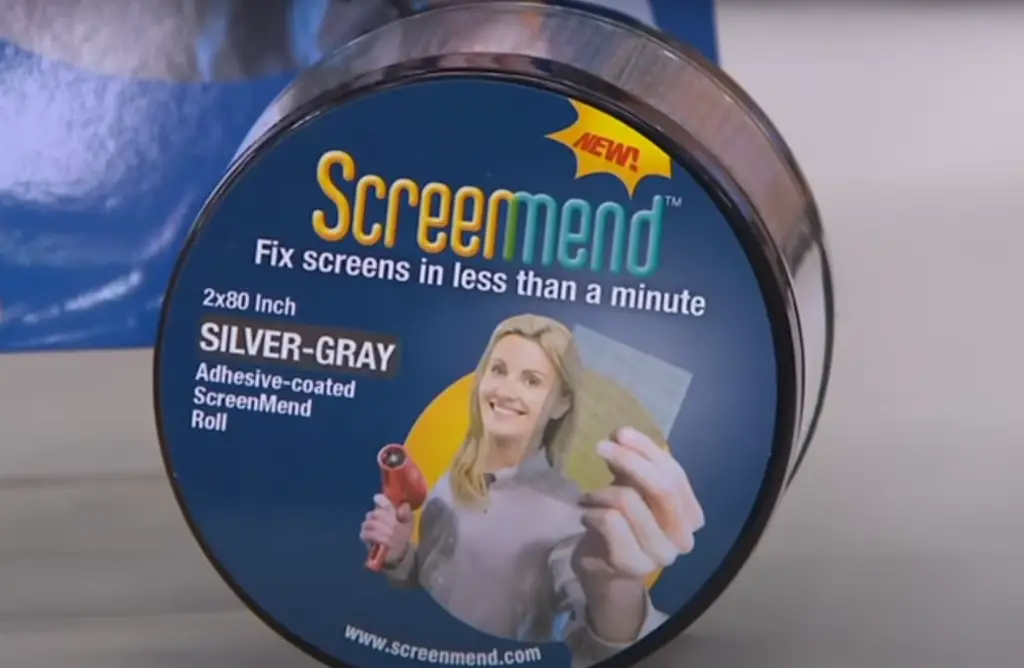
ScreenMend presents a swift and convenient remedy for addressing minor punctures and rips in window screens, screen doors, tent mesh, and various other screen types. This ingenious product has garnered widespread acclaim for its straightforward and efficient approach to screen repair, as showcased on the television program Shark Tank.
The key to ScreenMend’s effectiveness lies in its unique composition and adhesive capabilities, which allow for speedy screen rehabilitation. Homeowners often find it to be a lifesaver, sparing them the headache of replacing entire screens.
The ScreenMend patch features a specially designed woven mesh fabric equipped with heat-activated adhesive on one side. To restore a damaged screen, users simply cut the patch to the appropriate size, while ensuring any loose threads or debris are cleared away from the damaged area.
How To Use It?
The adhesive side of the patch is then applied directly to the screen, securely affixed using a hair dryer or heat gun for a brief 30 to 60 seconds. After cooling, the patch transforms into a lasting, nearly imperceptible solution that guarantees seamless restoration.
Pros:
- Ease of Use: One of the main advantages of ScreenMend is its simplicity. The patching process is straightforward and requires no special tools other than a pair of scissors and a hairdryer;
- Quick Repair: As mentioned earlier, the whole process takes less than a minute to complete. This makes ScreenMend a time-efficient solution for screen repairs;
- Cost-Effective: ScreenMend offers a much cheaper alternative to replacing entire screens or hiring professional repair services;
- Versatile: The product can be used on various types of screens, including window screens, screen doors, and tent mesh;
- Positive Reviews: ScreenMend has received positive feedback from users. It currently holds a 4.2-star rating on Amazon, indicating customer satisfaction;
Cons:
- Limitations on Repair Size: While ScreenMend is effective for small holes and tears, it may not be as effective for larger damages;
- Dependence on Screen Type: The effectiveness of the product may also depend on the type of screen material. Some users have reported that the adhesive doesn’t bond as well with certain types of screens;
- Aesthetics: Some users have noted that the patch, while functional, can be visibly noticeable, especially if the screen color does not match the patch color [3];
Who May Benefit From Using ScreenMend:
- Homeowners: Those who own homes with window and door screens will inevitably encounter tears and damage over time. ScreenMend provides a quick, easy, and cost-effective solution, saving homeowners the expense of professional repairs or full-screen replacements;
- Renters: Renters may also find ScreenMend useful for making minor repairs without having to request maintenance from landlords or property managers. It’s an excellent tool for maintaining privacy and preventing pests without causing permanent changes to the property;
- Campers and Outdoor Enthusiasts: Tents often have mesh screens that can get damaged during outings. ScreenMend is a lightweight and portable solution for on-the-go repairs;
- DIY Enthusiasts: For those who prefer to handle household repairs themselves, ScreenMend is a handy tool to have in the DIY toolkit. It’s easy to use and doesn’t require any special tools or skills;
- Pet Owners: Pets, especially cats and dogs, can sometimes cause damage to screens by scratching or jumping on them. Having ScreenMend on hand allows pet owners to quickly repair any damage caused by their furry friends;
- Budget-Conscious Individuals: For those looking to save money, ScreenMend offers a much cheaper alternative to replacing entire screens or hiring professional repair services;
ScreenMend proves to be the ultimate choice for homeowners, campers, and property managers seeking to efficiently address minor screen damages without incurring substantial expenses or enduring extended periods of inconvenience. It is obtainable in various sizes and colors, making it adaptable and indispensable for any toolkit, capable of accommodating various screen types and materials [4].
By delivering a dependable and prompt solution for addressing common screen issues, ScreenMend empowers individuals to conserve both time and finances while advocating for sustainability and reducing the waste typically associated with screen replacements.
About the Founders Of ScreenMend
Upon witnessing the remarkable effectiveness of this solution and recognizing its potential to address a gap in the market, the Hooks family resolved to transform it into a thriving business venture, thus giving birth to ScreenMend.
The collaboration between Brian Hooks, with his wealth of experience and sagacity, and Lily and Emma Hooks, armed with their youthful exuberance and innovative thinking, proved to be a winning combination. Their endeavors culminated in a successful pitch on the television program “Shark Tank,” securing investment and propelling ScreenMend to commercial success.

Before their appearance on “Shark Tank,” ScreenMend had already made some inroads in the market. The Hooks family, comprising not only father Brian but also daughters Lily and Emma, had devoted their hard work to bring this innovative idea to fruition.
The screen repair solution was already in production, and they had made some initial sales, although they remained a relatively small operation, largely known only within their immediate vicinity.
The inception of ScreenMend sprang from a personal necessity, stemming from the Hooks family’s encounter with a torn window screen in their own home. Lily Hooks’ brilliant solution of utilizing a screen, some wax, and the gentle heat of a hairdryer to mend the tear yielded remarkable results.
However, like many small-scale enterprises, they confronted challenges in terms of production, distribution, and marketing. Despite possessing an exceptional product, they required additional resources and a broader reach to elevate their business to the next level. This is where “Shark Tank” came into the picture.
Their participation in the show was driven by the hope of securing an investment that would facilitate the expansion of their operations, extend their market presence, and introduce ScreenMend to a wider audience.
The Pitch Of ScreenMend At Shark Tank
The Hooks family entered the Shark Tank with a pitch seeking $ 30,000 in exchange for a 25% stake in their company [6]. They began by recounting a charming tale of how they were trying to repair a hole in a screen that their pet bunny had created, struggling to find an adhesive that would work. This predicament sparked Lily’s innovative idea to combine wax with a screen.
As Emma distributed samples of their product to the Sharks, Lily demonstrated its application by attaching it to a screen and using a hair dryer to secure it in place.
Daymond asked about the sales figures, and Brian disclosed that they had sold 750 units thus far, priced at $ 6.95 per unit. Their production cost was a mere $ 0.31 per item, with an additional $ 0.53 for packaging.
The conversation circled back to the product’s merits, with the Hooks family highlighting how ScreenMend outperformed competitors by staying securely attached for longer periods. Lily explained their need for the investment, mentioning their interest in major retailers like Bed Bath and Beyond and Home Depot. These retailers, however, expressed reservations about the product’s packaging, which was the primary reason they sought the additional funds.
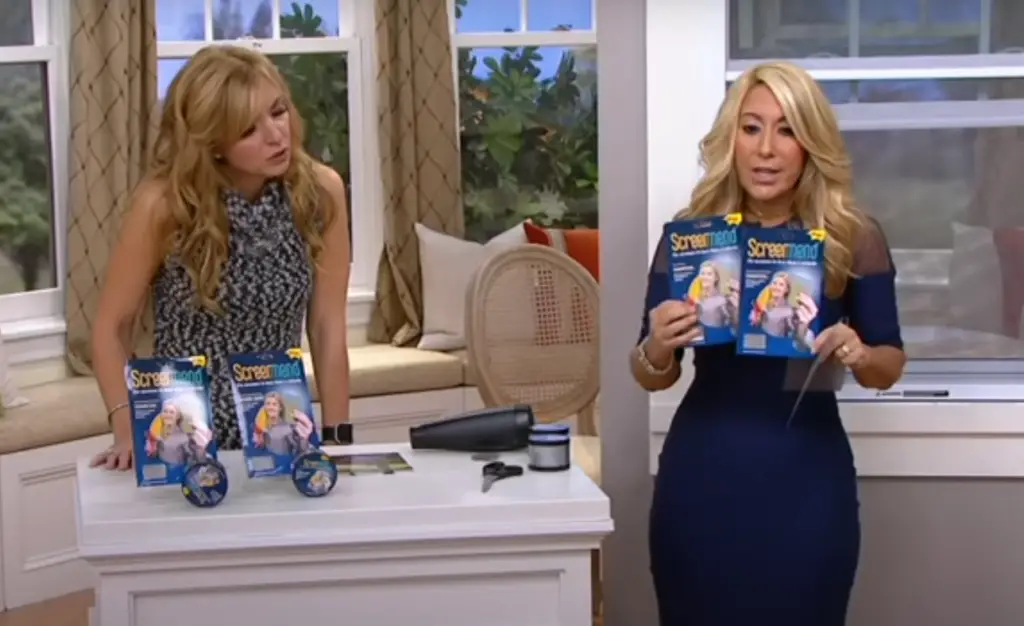
Daymond was the first to express his fondness for the family but cited concerns about their lack of business experience and the amount of work it would require, leading him to decline. Kevin and Robert, too, were emotionally invested in the story but decided to opt out for similar reasons. Mark interjected, sharing a personal anecdote of how a small investment had kickstarted his entrepreneurial journey at the age of sixteen.
He expressed his desire to provide the same support to the Hooks family and offered them $ 30,000 for a 25% stake, meeting their initial request. Lori, however, swiftly entered the scene, offering $ 30,000 in exchange for a 50% stake [7]. She suggested that her increased equity was justified due to the substantial work she would undertake, including taking control of the manufacturing process. Lori stressed her valuable industry connections that could benefit the product’s growth. Mark opted not to negotiate and stuck to his original offer.
The Hooks family retreated to consider both offers. Brian explained to his daughters the pros and cons of each offer, with Mark being generous but Lori being willing to put in more effort. Recognizing the potential benefits of Lori’s proposal, the family re-entered the Tank and accepted her offer. Mark congratulated them, showing no disappointment and expressing his happiness that they had secured a deal.
ScreenMend After The Shark Tank
The deal with Lori on Shark Tank came to a successful close, and ScreenMend experienced what’s often referred to as the “Shark Tank effect”. In the week following the episode’s airing, they were selling a unit per minute, a remarkable surge in sales. Numerous retailers also took notice of the product, expressing interest in carrying it. Moreover, the company decided to bring the manufacturing process “in-house.”
A significant update for the company arrived in episode 606, revealing that Lori had not only fulfilled her promise to get the product on QVC, where it quickly sold out, but she also revamped the packaging and secured placements in prominent stores such as Bed Bath & Beyond, Home Depot, ACE Hardware, and Lowes. By this point, they had achieved sales surpassing $ 900,000 [8].
Two years after their initial appearance on Shark Tank, Spark Innovations, a company specializing in consumer product brands, acquired ScreenMend for an undisclosed sum. Notably, Lilly, who is expected to graduate from the University of Alabama this year, remains the company’s president, albeit on a part-time basis. As for Emma, she graduated from American University in 2019 and is currently pursuing a career in acting.
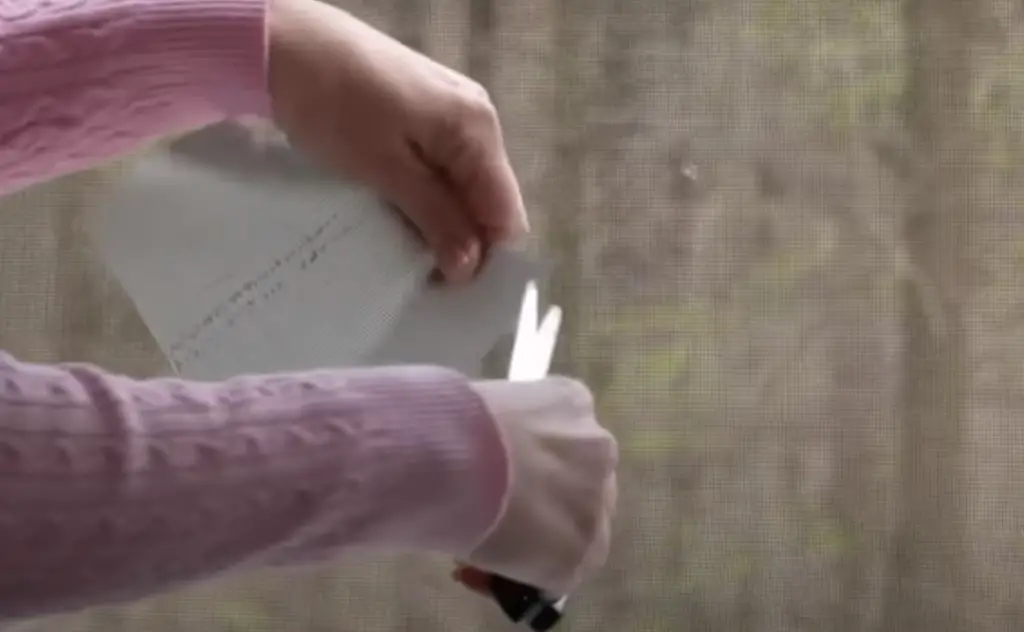
Nevertheless, the product maintains a positive overall consensus, boasting a 4.2-star rating on Amazon.
It’s worth mentioning that the ScreenMend website is no longer active, redirecting to an unrelated screen repair business called Screen Force. This suggests that they may have let their domain expire, allowing it to be acquired by another company. Additionally, their social media profiles have remained unattended for several years.
For instance, their last tweet was posted in 2019. Despite these factors, the company continues to perform well through Amazon sales alone. As of 2021, they were generating an annual revenue of $ 5 million.
The Net Worth Of ScreenMend
In terms of revenue, ScreenMend has been performing impressively as well. Reports suggest that the company is pulling in a whopping $ 5 million in annual revenue.
Since its appearance on Shark Tank, ScreenMend has sold more than $ 18 million in retail sales in just six years. These figures indicate that ScreenMend has successfully capitalized on the opportunity provided by Shark Tank and has grown into a profitable business.
Alternatives To ScreenMend:
- Screen Repair Tape: This is another DIY solution for repairing screens, though it may not be as effective or long-lasting as ScreenMend. The product is usually a self-adhesive tape that can be applied directly to the tear or hole in the screen. However, the effectiveness of the repair may depend on the quality and type of tape used;
- Screen Patches: These are adhesive-backed patches used to repair holes and tears in screens. They come in different sizes and colors, allowing users to choose the one that best matches their screen. Some popular brands include Window Screen Repair Patches and M-D Charcoal Fiberglass Screen Patches;
- DocaScreen Fiberglass Screen Roll: This product is a roll of fiberglass screen material that can be cut to size and used to replace entire sections of damaged screen. It’s a more comprehensive solution than ScreenMend, but it also requires more work;
- TOOLTRIZ Windows Screen and Screen Door Repair Kit: This kit includes both screen material and a tool for installing it, making it a more all-inclusive option for those who need to make larger repairs;
- Retractable Doors, Storm Doors, Magnetic Screens, and Fly Blinds: For those looking to avoid screen damage altogether, these alternatives to traditional screen doors can help keep bugs out of your home without the risk of tears or holes;
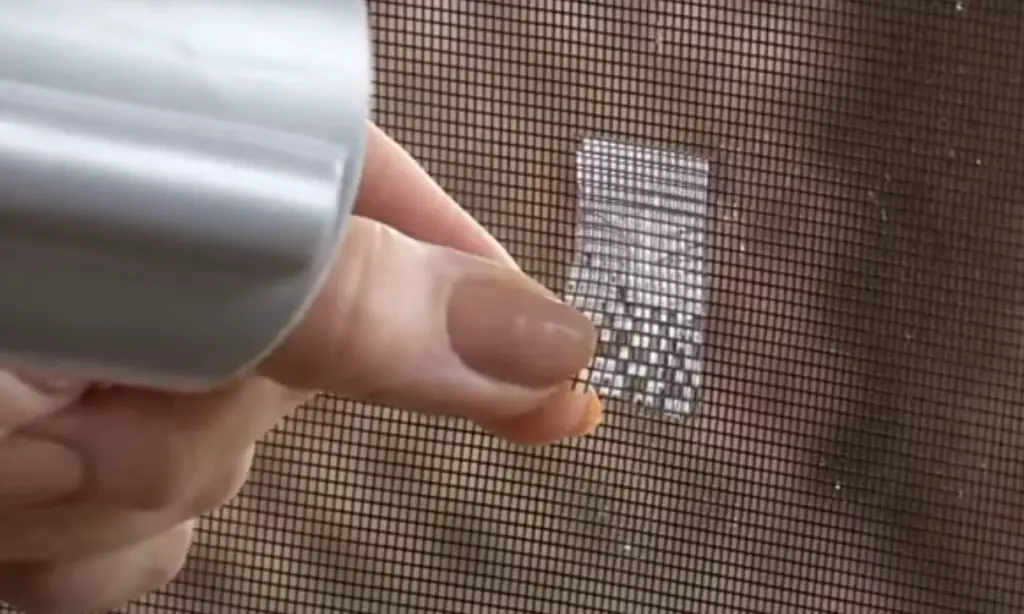
FAQ:
- Does ScreenMend work?
Based on several customer reviews and YouTube demonstration videos, ScreenMend appears to work effectively for many users. Customers have praised the product for its ease of use and effectiveness in repairing window screen damage. However, it is noted that it functions as a “short-term” fix until the screen can be properly replaced.
- What is ScreenMend made of?
ScreenMend patches are made from woven fiberglass coated with a heat-activated adhesive. This material allows the patch to bond securely to the existing screen when heat is applied, typically using a standard hairdryer.
- Who invented ScreenMend?
ScreenMend was invented by a father-daughter duo, Lance and Lily (then 12 years old) Brooks. The idea came about when they were trying to figure out a quick way to mend a hole in a window screen.
- What is a fiberglass screen made of?
Fiberglass screens are made from woven strands of fiberglass material, which are then coated with protective vinyl to help resist weathering and wear. This makes them durable and resistant to damage from insects and the elements.
- Are security window screens worth it?
The worth of security window screens largely depends on individual needs and circumstances. They offer enhanced protection against break-ins and burglaries, which can provide peace of mind for homeowners.
However, they come at a higher cost compared to regular window screens. If you live in an area with high crime rates or you value additional security, investing in security window screens could be worth the extra cost.
- What is the biggest company Shark Tank rejected?
Ring, a home security and smart home company, is often cited as the biggest company that the Shark Tank judges rejected. The company, formerly known as DoorBot, was seeking $ 700,000 for a 10% stake. None of the Sharks made an offer. In 2018, Amazon acquired Ring for over $ 1 billion.
- Who made the most money in Shark Tank?
Out of all the entrepreneurs who have appeared on Shark Tank, the founders of Scrub Daddy, Aaron Krause, and Lori Greiner, have made the most money. Their smiley-faced sponge product has racked up over $ 200 million in sales since they struck a deal on the show.
- Why are security screens so expensive?
Security screens are more expensive than regular screens due to the materials used and the enhanced protection they provide. They are typically made from strong materials like steel or high-tensile marine-grade stainless steel mesh, which are more costly. The manufacturing process is also more complex, further adding to the cost.
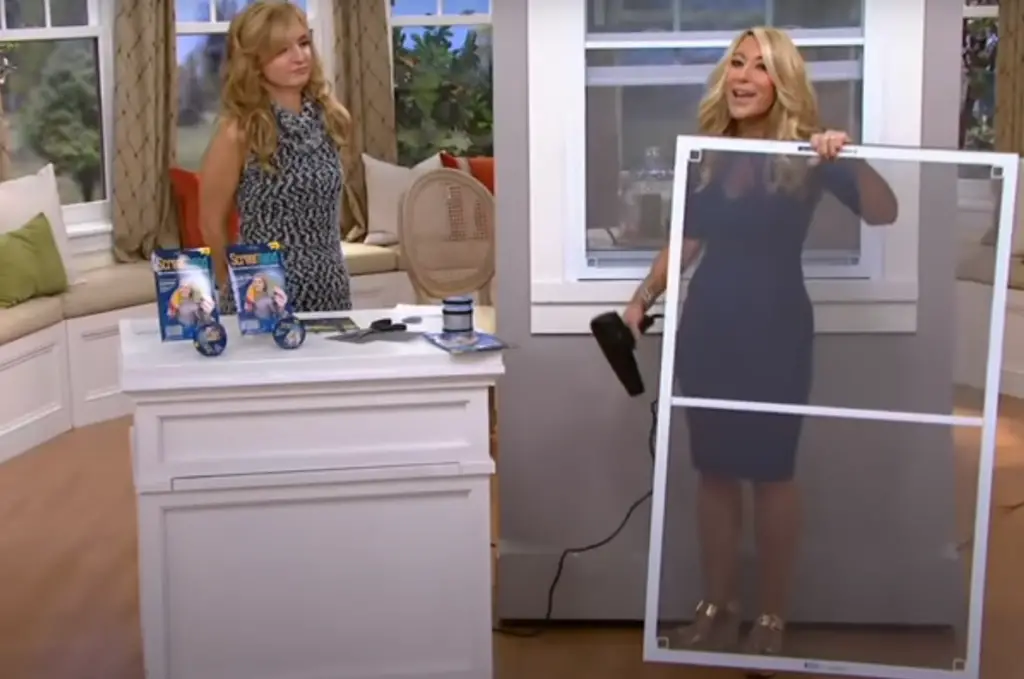
- Is it cheaper to buy a new phone or get the screen fixed?
Whether it’s cheaper to buy a new phone or repair a cracked screen depends on several factors, including the phone model, the extent of the damage, and whether or not the phone is still under warranty.
For newer, high-end phones, a screen repair is often significantly cheaper than buying a new device. However, for older models, the cost of repair could potentially approach the cost of a newer replacement device.
- Can a cracked screen be repaired?
Yes, a cracked screen can be repaired. There are professional services that specialize in smartphone screen repair, and there are also DIY repair kits available on the market. The feasibility and cost of the repair will depend on the extent of the damage and the specific phone model.
Useful Video: ScreenMend Set of 2 Screen Repair Patch & Roll by Lori Greiner
References:
- https://www.linkedin.com/pulse/shark-tank-shopify-screenmend-story-chris-sentz/
- https://www.looper.com/1276442/whatever-happened-screenmend-after-shark-tank/
- https://seoaves.com/what-happened-to-screenmend-after-shark-tank/
- https://gazettereview.com/screenmend-update-see-happened-shark-tank/
- https://www.sharktankblog.com/business/screenmend/
- https://bizzbucket.co/screenmend-shark-tank-update/
- https://www.msn.com/en-us/money/smallbusiness/whatever-happened-to-screenmend-patching-solution-for-torn-screens-after-shark-tank-season-5/ar-AA1gFiL5
- https://insidergrowth.com/screenmend-net-worth/
- https://sharktanktales.com/screenmend-shark-tank-update/




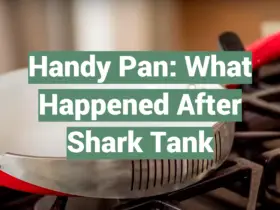
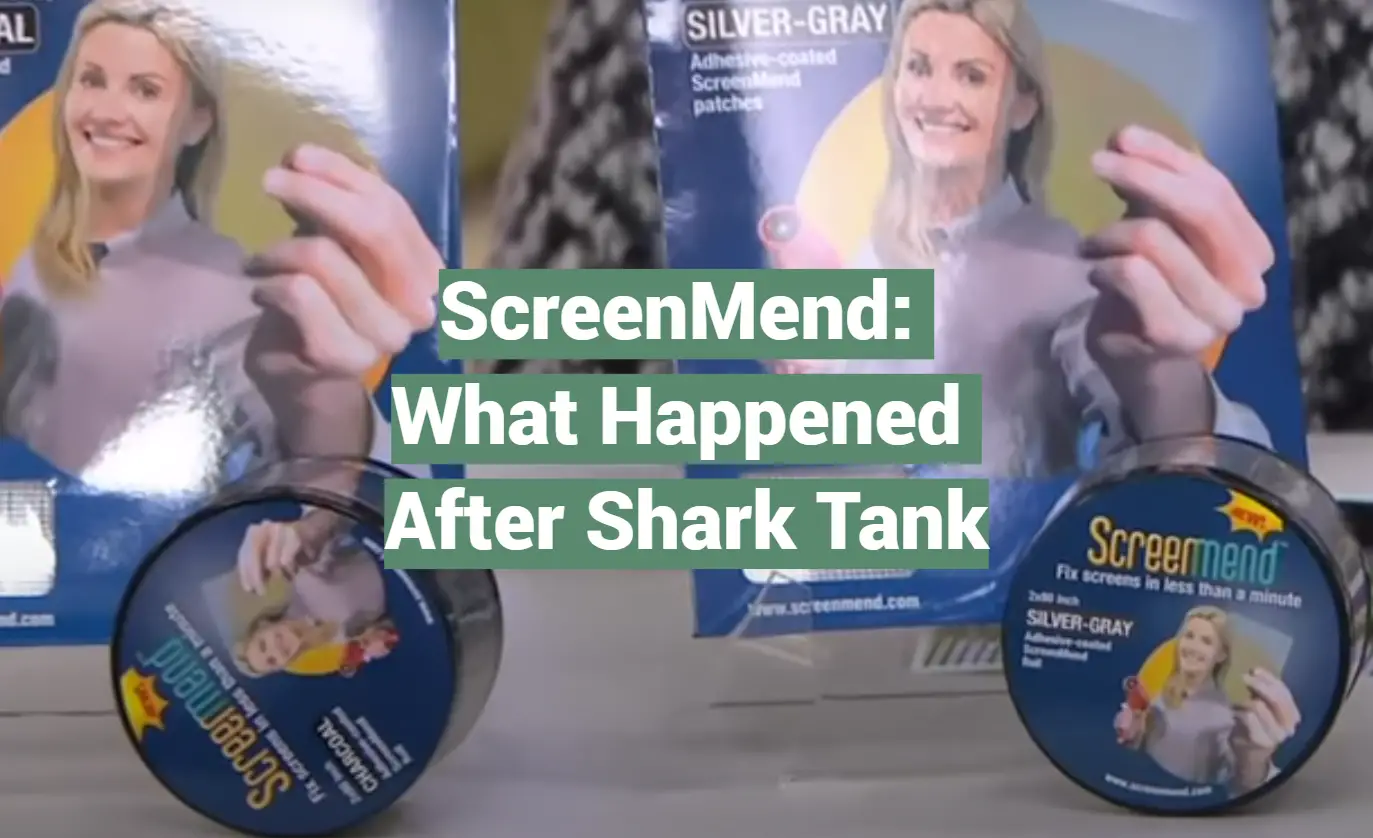


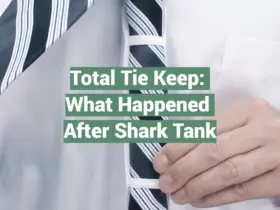

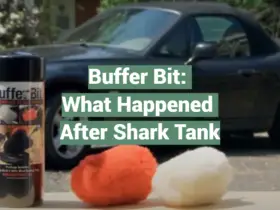


Leave a Reply